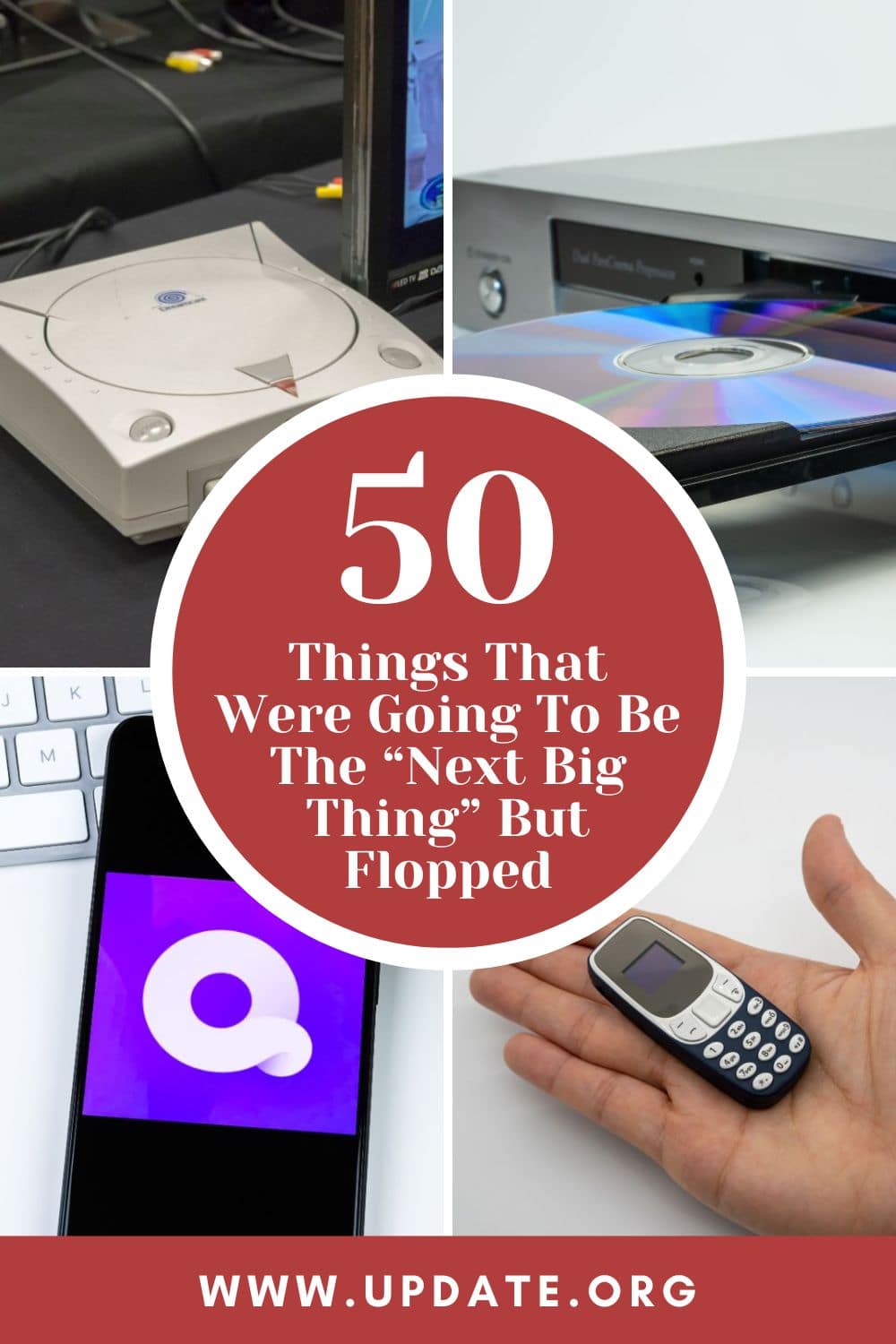In the ever-evolving landscape of innovation, there is a constant pursuit of the "next big thing" that promises to reshape industries, captivate audiences, and stand the test of time. Yet not every ambitious venture or groundbreaking idea sees the success it envisions.

This article delves into our collective anticipation and disappointment, exploring 50 instances where products, concepts, and trends were heralded as the "next big thing" only to falter and fade into obscurity.
Jump to:
- 1. The Smallest Cell Phone Craze
- 2. Crystal Pepsi
- 3. Lay’s Orange Juice and Toothpaste Flavored Potato Chips
- 4. Amazon’s Dash Buttons
- 5. Second Life
- 6. McDonald’s Pizza
- 7. Soap Shoes
- 8. Curved TVs
- 9. Mini-disc
- 10. Google+
- 11. 3D TV
- 12. MoviePass
- 13. Ouya
- 14. Microconsole
- 15. HD DVD
- 16. The "Dark Universe" Cinematic Universe
- 17. Vine 2
- 18. Quadraphonic
- 19. Google's Project Ara
- 20. Johnny Manziel
- 21. Google Wave
- 22. Asbestos
- 23. P.T. Demo
- 24. Google Glass
- 25. Quibi
- 26. Hoverboards
- 27. Segways
- 28. Airship Travel
- 29. Hydrogen Cars
- 30. LaserDiscs
- 31. Elizabeth Holmes
- 32. Fyre Festival
- 33. Xbox Kinect
- 34. The US version of Coupling
- 35. Sega’s Dreamcast
- 36. Wii U
- 37. Windows Phones
- 38. Olestra
- 39. The European Super League
- 40. Allstar Weekend Band
- 41. Zune
- 42. Sabre Pyramid Tablet
- 43. Concorde Supersonic Airliner
- 44. Area 51 Raid
- 45. Star Wars: The Old Republic
- 46. Google Aardvark
- 47. WeWork
- 48. The Virtual Boy
- 49. KONY 2012
- 50. New Coke
1. The Smallest Cell Phone Craze
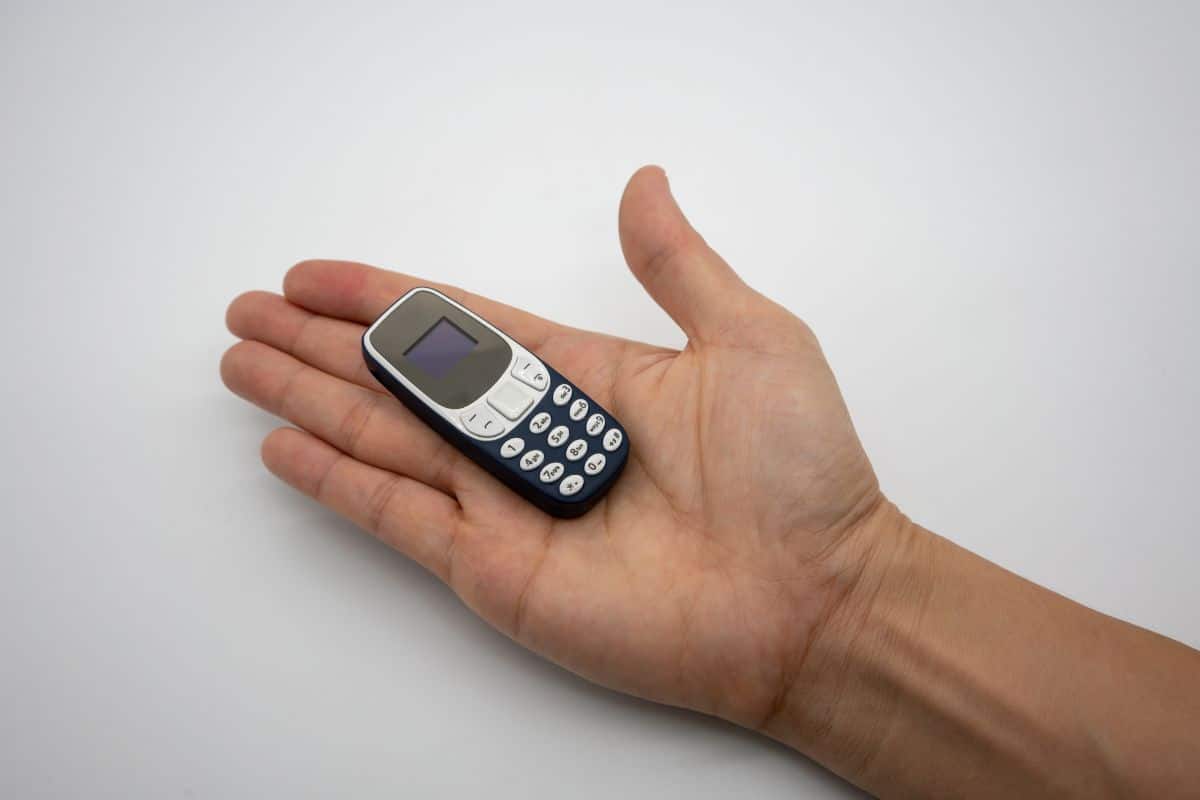
Do you remember the era when smaller phones were cooler? Tiny gadgets were all the rage until suddenly, they were not. The video-watching capabilities flipped the trend overnight, and now, the bigger, the better. It is funny how our preferences shift when technology takes an unexpected turn.
2. Crystal Pepsi
Crystal Pepsi, the clear cola sensation of the early '90s, resurfaced through online clamors for its return in the mid-2010s. Initially launched in 1992, it vanished by 1994, only to make sporadic comebacks.
Despite being clear, some consumers reported Crystal Pepsi’s slightly different taste, and others claimed that the absence of the caramel coloring altered the flavor profile. This deviation from the classic cola taste may have been a factor in the drink's lack of widespread acceptance.
3. Lay’s Orange Juice and Toothpaste Flavored Potato Chips
Lay ventured into uncharted territory with orange juice and toothpaste-flavored potato chips, hoping to surprise our taste buds. It was a wild experiment akin to that odd combination of OJ and toothpaste. Needless to say, the snack aisle returned to safer, more predictable flavors before you could say, "What were they thinking?"
4. Amazon’s Dash Buttons
Who remembers Amazon’s Dash buttons? Those little plastic buttons that promised to revolutionize how we shopped? Picture this: a button for your favorite product, and with a simple press, voila, it is on its way to your doorstep. They debuted this on April 1st, claiming it was not a prank, though many remained skeptical.
You can place it strategically in the cabinet, and when the last roll of tissue is gone, you just hit the button, and magic - new tissue rolls at your door. It is quirky, right? Sadly, the novelty faded, and we all reverted to good old websites and apps for our shopping kicks.
5. Second Life

Second Life, the virtual world phenomenon, found its way into unusual places, like mandatory installations for medical students. Why not just use Skype for a class meeting, right? Sometimes, trends in technology adoption leave us scratching our heads, like the virtual reality classrooms – because why not?
6. McDonald’s Pizza
McDonald’s Pizza had potential, but time was its nemesis. Picture this: one person orders pizza, and by the time it arrives, the rest of the family is done eating. The pizzas were a hit, but the clock was not on their side. In the fast-food race, time is of the essence, and the pizzas could not keep up.
7. Soap Shoes
Soap Shoes, the peculiar footwear that lets you grind on rails, gained fame (or infamy) thanks to Sonic Adventure 2. But did anyone outside the gaming world rock these kicks? And seriously, if you know where to snag a pair, spill the beans! Because right now, they seem as elusive as Sonic’s emerald collection.
8. Curved TVs
Have you ever noticed the absence of curved TVs during your last Costco run? Yep, the once-touted futuristic marvels are quietly bowing out. If the giant bulk-buying warehouse is not on board, you can bet the curve has flattened in the tech world. The future, it seems, is not so bent after all.
9. Mini-disc
The Mini-disc is a nostalgic marvel with that satisfying mechanical click when you shut the lid. Do you remember those sleek, pocket-sized wonders that were supposed to revolutionize our music-listening experience? The Mini-disc had its moment, and for some of us, that moment was an audible click of the past.
10. Google+
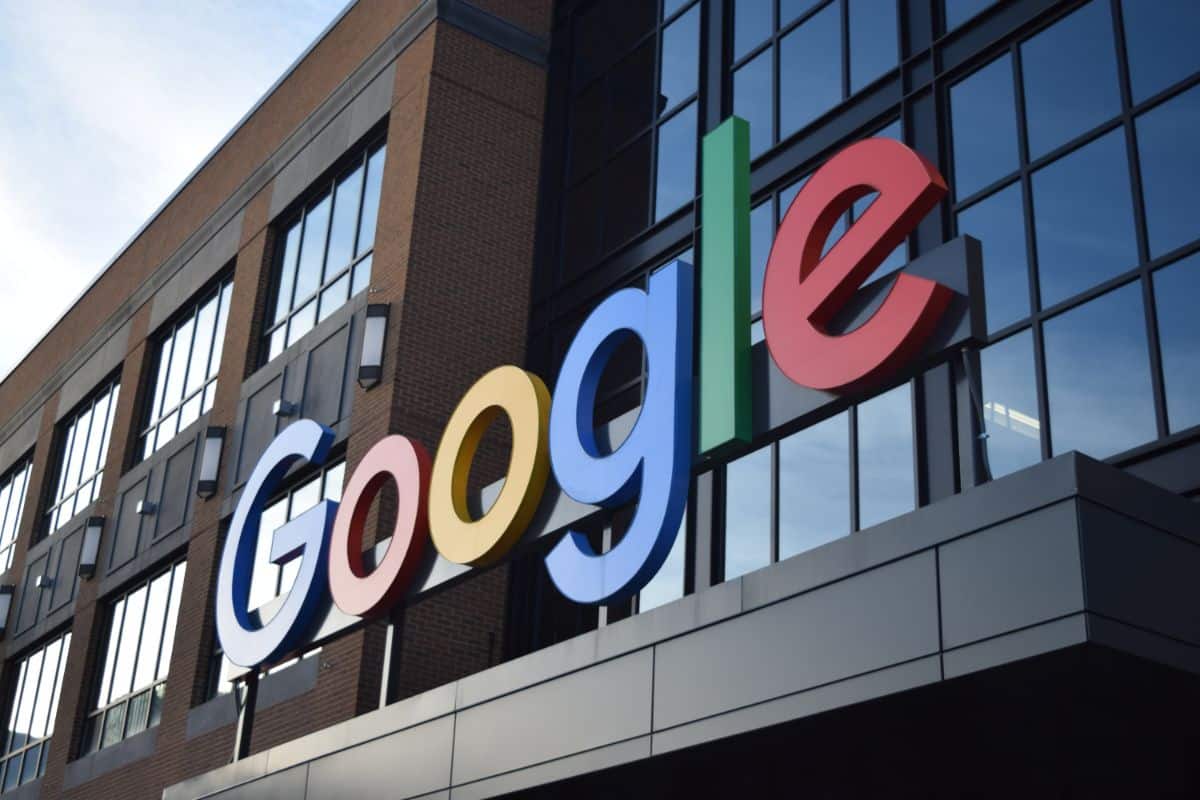
Google+ entered the social media scene with grand ambitions, aiming to be Facebook's cooler cousin. The hype was real, and the exclusivity of an 'invite-only' system only fueled the frenzy. Unfortunately, maintaining that exclusivity for too long turned out to be Google+'s Achilles' heel.
By the time they opened the gates to everyone, the buzz had evaporated. Lesson learned: hype needs timely access or risks becoming yesterday’s news.
11. 3D TV
Do you still remember the 3D TV craze? Those glasses that promised to bring movies to life? Well, it turns out that the average number of 3D glasses sold per 3D TV was embarrassingly less than 1. The industry had a little secret they weren't eager to share: the attachment rate was so tiny that they would rather keep it hush-hush. The dream of immersive 3D at home turned out to be more of a headache than a revolution.
12. MoviePass
MoviePass, the dream service for movie buffs, allows us to watch a plethora of films each month. It was too good to be true, and it really was. It was a consumer-friendly concept that hit a financial brick wall. But despite the movie marathon with a pass, it was a business model that could not sustain itself.
13. Ouya
The Ouya aimed to redefine gaming with its Kickstarter success. However, reality hit hard, and despite the initial buzz, sales were lackluster. Game developers did not flock to the platform, and promised incentives fell flat. Financial struggles led to the winding down of Ouya Inc., turning a once-promising venture into a cautionary tale of the pitfalls in the world of gaming innovation.
14. Microconsole
The microconsole, a petite powerhouse in theory, promised a lower-cost entry into the gaming world. Armed with budget-friendly hardware, it aimed to disrupt the console market. However, the reality check was harsh; low-cost and portable-to-TV features could not compete with the allure of established consoles.
As it turns out, size does not always matter in the world of home console sales. Sometimes, it is the gaming experience that takes the crown.
15. HD DVD

The HD DVD was the forgotten format war of the mid-2000s. Do you remember the confusion of blue versus red movies? The battle between HD DVD and Blu-ray was intense, with HD DVD sporting those distinct blue discs. But, alas, the red army of Blu-ray triumphed, leaving HD DVD to fade into obscurity, a relic of a time when the future of home entertainment hung in the balance of laser colors.
16. The "Dark Universe" Cinematic Universe
The ill-fated "Dark Universe" cinematic universe kicked off with 2017's The Mummy. What should have been a thrilling monster movie extravaganza turned into a spectacle for unintended reasons. Who could forget the moment when an incomplete trailer was accidentally unleashed? The best movie trailer ever, unintentionally turning into a symbol of a universe that crumbled before it could even rise.
17. Vine 2
Vine 2, the resurrection of the beloved short-form video app, aimed to rival TikTok. However, the tables turned, and TikTok emerged victorious. Now, Vine 2 feels like a Reddit-TikTok hybrid, with a TikTok for each subreddit. It is a reminder that even with a solid predecessor, success in the fast-paced world of social media is never guaranteed.
18. Quadraphonic
Quadraphonic, the ambitious audio revolution of the early '70s, sought to replace stereophonic systems. While it inspired The Who's rock opera, it failed to find commercial success. What was the culprit? It was the three incompatible competing systems. The promise of immersive sound was drowned out by confusion, and quadraphonic became a footnote in the history of audio experimentation.
19. Google's Project Ara
Google's Project Ara, the modular smartphone dream, teased a future where you could customize every aspect of your phone. Imagine hot-swapping Lego-like modules for cameras, fingerprint scanners, and screens. Do you want a high-quality screen without breaking the bank? Just swap it in!
However, like many ambitious Google projects, it met its demise. The era of $1000 smartphone slabs lived on, leaving behind the dream of a truly customizable mobile experience.
20. Johnny Manziel
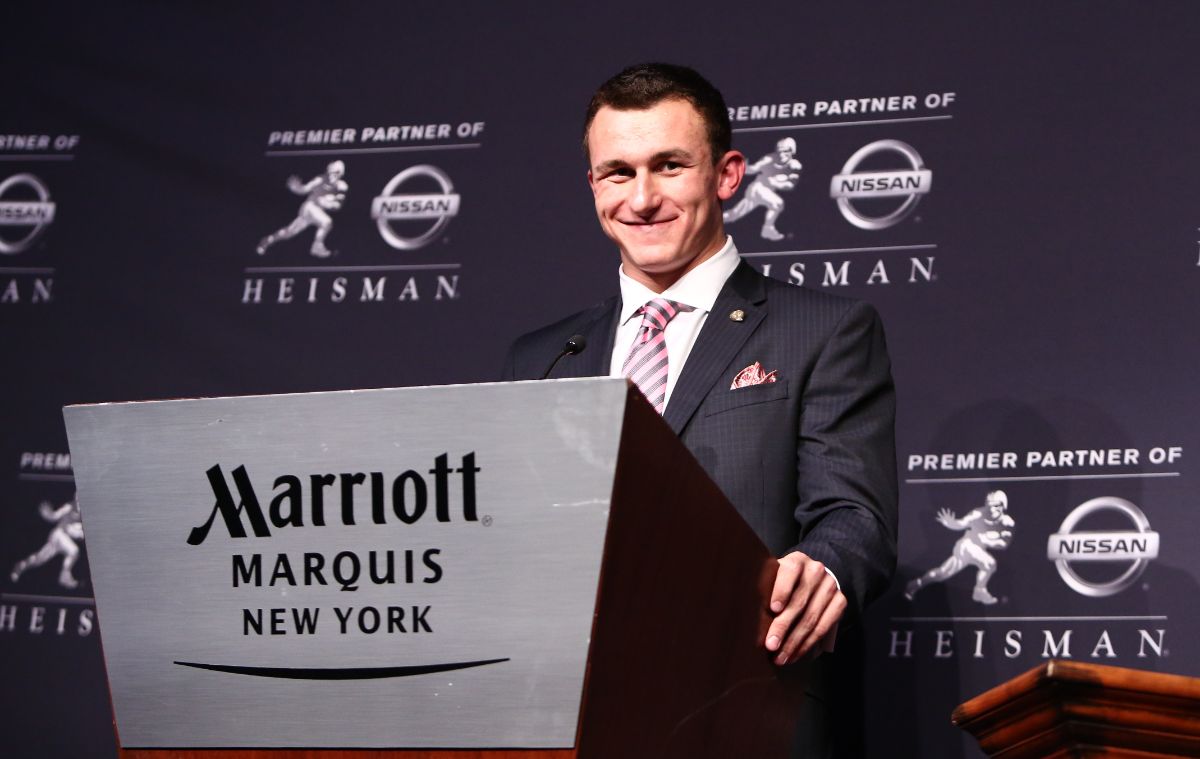
Johnny Manziel was the 22nd pick in the 2014 NFL Draft, drafted by the Browns with hopes high. Yet, despite flashes of brilliance, consistency eluded him, and his time with the Browns became a saga of on-field struggles and off-field controversies.
The once-promising quarterback found himself released by the Browns after the tumultuous 2015 season, leaving fans wondering what could have been.
21. Google Wave
Google Wave, an ambitious attempt to revolutionize communication, envisioned a world where email would be replaced by a more collaborative platform. It seemed like a good idea, but it tanked. Google Wave disappeared after a few years, a reminder that even tech giants can stumble in the quest for innovation.
22. Asbestos
Asbestos, once hailed as a construction wonder, hit a monumental flop when the health hazards became apparent. The revelation that inhaling rock fibers was far from healthy turned this construction material from a hit to a flop. Asbestos went from being a ubiquitous presence in buildings to a cautionary tale about the unforeseen consequences of seemingly miraculous innovations.
23. P.T. Demo
P.T., the enigmatic playable teaser, disappeared from the store amidst a sea of speculation. While various "reasons" circulated, the truth was stark: Konami realized that pachinko machines and mobile games were more lucrative than traditional game development. P.T. Demo, a tantalizing glimpse into a horror masterpiece, vanished and sacrificed at the altar of corporate profits.
24. Google Glass
Google Glass, the futuristic eyewear promising a new way to experience technology, faced a harsh reality check. The weight of the device and the discomfort it caused, coupled with persistent headaches, turned what could have been a game-changer into a commercial failure. Despite the vision of augmented reality, Google Glass could not overcome the physical discomfort that users experienced.
25. Quibi

Quibi, the ephemeral streaming service, made a blink-and-you-miss-it appearance in the streaming landscape. The bad timing, with its mobile-based model arriving just as the world went into lockdown, was not the only issue. The marketing strategy, questionable at best, left potential users confused. For many, Quibi felt like a paid version of YouTube but with inferior content. The two-month lifespan was a testament to the challenges of standing out in a saturated streaming market.
26. Hoverboards
Hoverboards are those futuristic, self-balancing marvels that took the world by storm for a mere three months before vanishing. Everyone seemed to have one, flaunting their gravity-defying prowess. Little did we know, they were banned in some places years ago, shattering the illusion of a hovering revolution.
Hoverboards gained notoriety for incidents of batteries catching fire or exploding. The lithium-ion batteries used in these devices were found to be prone to overheating, leading to safety hazards. The hype was real, but the hoverboard dream, it seems, was too good to be true.
27. Segways
Segways, the two-wheeled wonders, were once heralded as the future of personal transportation, ready to overthrow the automobile. Fast forward, and they have become synonymous with guided tours for tourists with a penchant for looking a bit dorky. The dream of a Segway-filled utopia where commuters glide through cities? Well, reality had other plans.
28. Airship Travel
Airships, the majestic giants of the sky, were poised to redefine long-distance travel. The spire atop the Empire State Building even doubled as an anchoring point for these airborne wonders. Unfortunately, the Hindenburg disaster cast a shadow over this lofty ambition, grounding the dreams of airship travel. What could have been a sky-bound revolution became a footnote in the history of transportation.
29. Hydrogen Cars
Hydrogen cars - once hailed as the eco-friendly saviors of the automotive world - promised to emit nothing but water as exhaust. Some people were believers, envisioning a future where hydrogen fuel stations dotted the landscape. Reality, however, had a different script.
While hydrogen cars exist, they remain confined, with a sparse network of stations primarily in California. In a world where smaller engines and electric vehicles predominate, their high cost, as well as inefficiencies in production, storage, and distribution, forced them into the background.
30. LaserDiscs
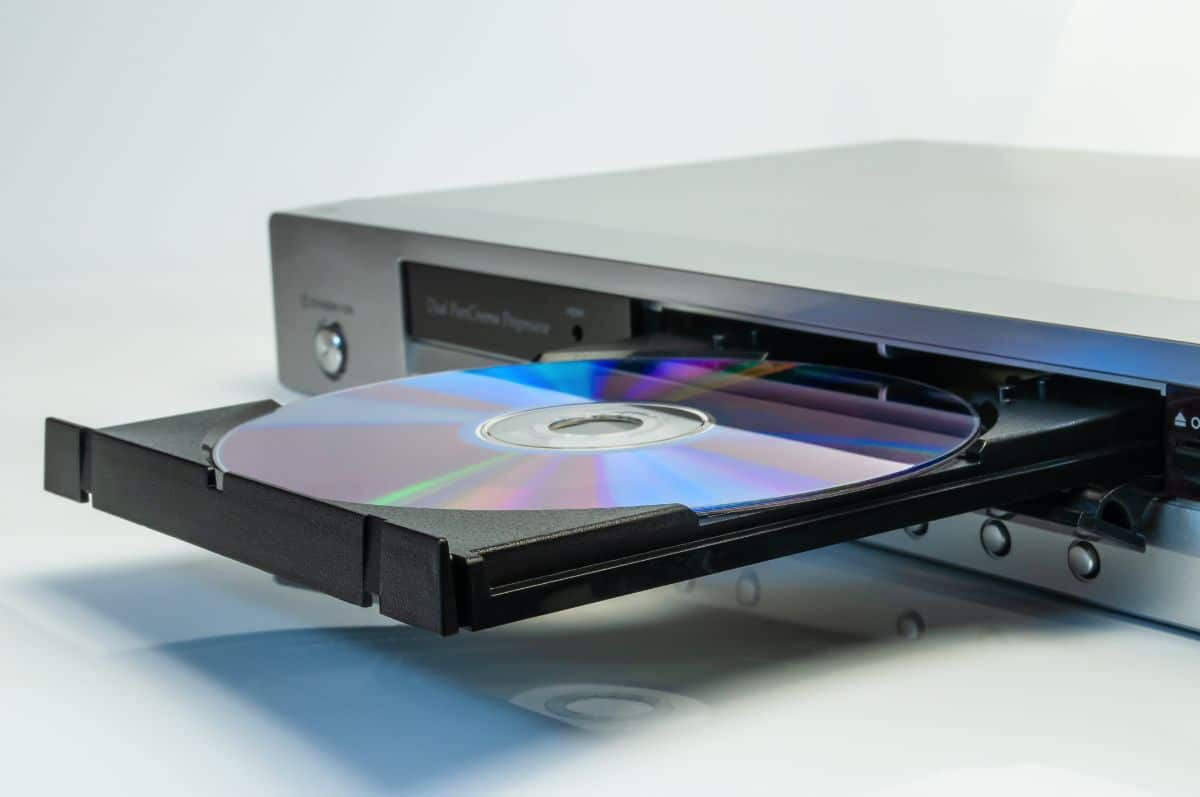
LaserDiscs, the giant, double-sided discs that looked like oversized CDs, heralded a new era in video entertainment. Debuting in 1978 with analog audio soundtracks, LaserDiscs faced early challenges, hinting at a potential analog vs. digital war.
Pioneer persisted in selling players well into the DVD age, the faithful true believers holding onto a format that ultimately faded into obscurity in 2009. The LaserDisc era, though short-lived, left an indelible mark on the evolution of home entertainment.
31. Elizabeth Holmes
Elizabeth Holmes, the once-celebrated founder of Theranos, faced a dramatic fall from grace. Convicted of fraud and conspiracy, she defrauded investors with promises of revolutionary blood-testing technology.
Despite a fierce legal battle, she began her prison sentence in Texas on May 30, set to be released in December 2032. Her infamous sweater wardrobe evoked Steve Jobs, her gaze echoed Zuckerberg's dead eyes, and her voice carried shades of Megatron – a striking mix that underscored the deceptive charisma of a now-disgraced entrepreneur.
32. Fyre Festival
The Fyre Festival, hyped as the ultimate luxury music event, crashed and burned spectacularly during its inaugural weekend. Issues ranging from security lapses to food and accommodation disasters resulted in the festival's indefinite postponement and eventual cancellation. What was promised as a paradise for the elite turned into a cautionary tale of overpromising and under-delivering.
33. Xbox Kinect
The Xbox Kinect, Microsoft's ambitious foray into motion-sensing technology, faced a mixed fate. While it failed to capture the mainstream gaming market, it found redemption as a cost-effective tool for computer vision and robotics research. Despite its niche successes, Kinect's journey highlights the challenge of transitioning from a major product to a valuable component in specialized fields.
34. The US version of Coupling
NBC's attempt to replicate the success of "Friends" with the US version of "Coupling" ended in disappointment. The show, which was hailed in the UK, fizzled out after just four episodes. Despite high expectations and a strong marketing push, the American adaptation failed to resonate with audiences, demonstrating that lightning does not always strike twice in the world of sitcoms.
35. Sega’s Dreamcast
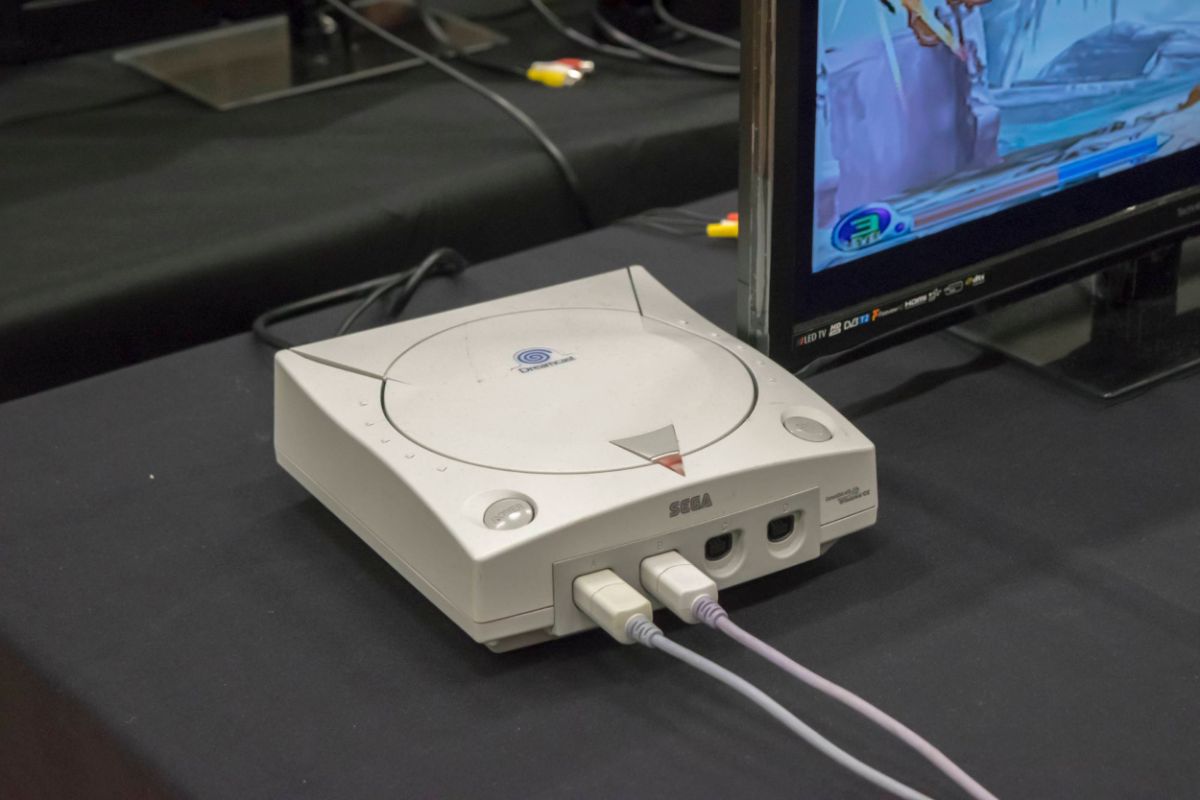
Sega's Dreamcast, a pioneer in the world of gaming, faced a premature demise. The commercial failure was attributed to factors such as tough competition from the PlayStation 2, limited third-party support, and the lingering impact of Sega's earlier hardware failures. Despite its innovative features, the Dreamcast became a cautionary tale in the annals of gaming history.
36. Wii U
The Wii U, Nintendo's attempt to follow up the wildly successful Wii, stumbled in the eyes of both hardcore and casual gamers. It was seen as an overpriced, underpowered gimmick, and the confusing marketing and nomenclature further hindered its success.
Hardcore gamers found it lacking, while casual users stuck with their beloved Wiis. The Wii U stands as a lesson in the challenges of introducing a new console that fails to resonate with its audience.
37. Windows Phones
Microsoft's bold entry into the smartphone arena with Windows Phones carried a sense of confidence that, unfortunately, did not materialize. The promise of burying the competition, exemplified by a quirky funeral procession for the iPhone, gave way to a harsh reality. Third-party app limitations became a significant drawback, contributing to the demise of a platform that once aimed to disrupt the smartphone market.
38. Olestra
Olestra promised the holy grail of diet-friendly snacks during the low-fat craze of the '90s – delicious potato chips that slid right through you, sparing you the guilt. While dieters rejoiced at the prospect of guilt-free indulgence, the reality proved painful, especially in the gastrointestinal area.
One of the primary reasons for Olestra's downfall was its association with significant side effects. Consumption of Olestra potato chips often led to digestive issues, including cramps, bloating, and diarrhea. These unpleasant side effects were a major deterrent for consumers, impacting the product's overall acceptability.
39. The European Super League
The European Super League, a proposed breakaway competition involving some of Europe's top football (soccer) clubs, faced significant backlash and ultimately collapsed. The European Super League's grand vision of revolutionizing soccer crashed spectacularly due to a fatal misunderstanding of fan sentiment.
Attempting to import a 'socialist' system rooted in American sports, it faced fierce backlash from fans who cherished the sport's traditions. The backlash was so intense that it led to fan demonstrations outside stadiums, social media campaigns, and even statements from players expressing their disapproval.
40. Allstar Weekend Band
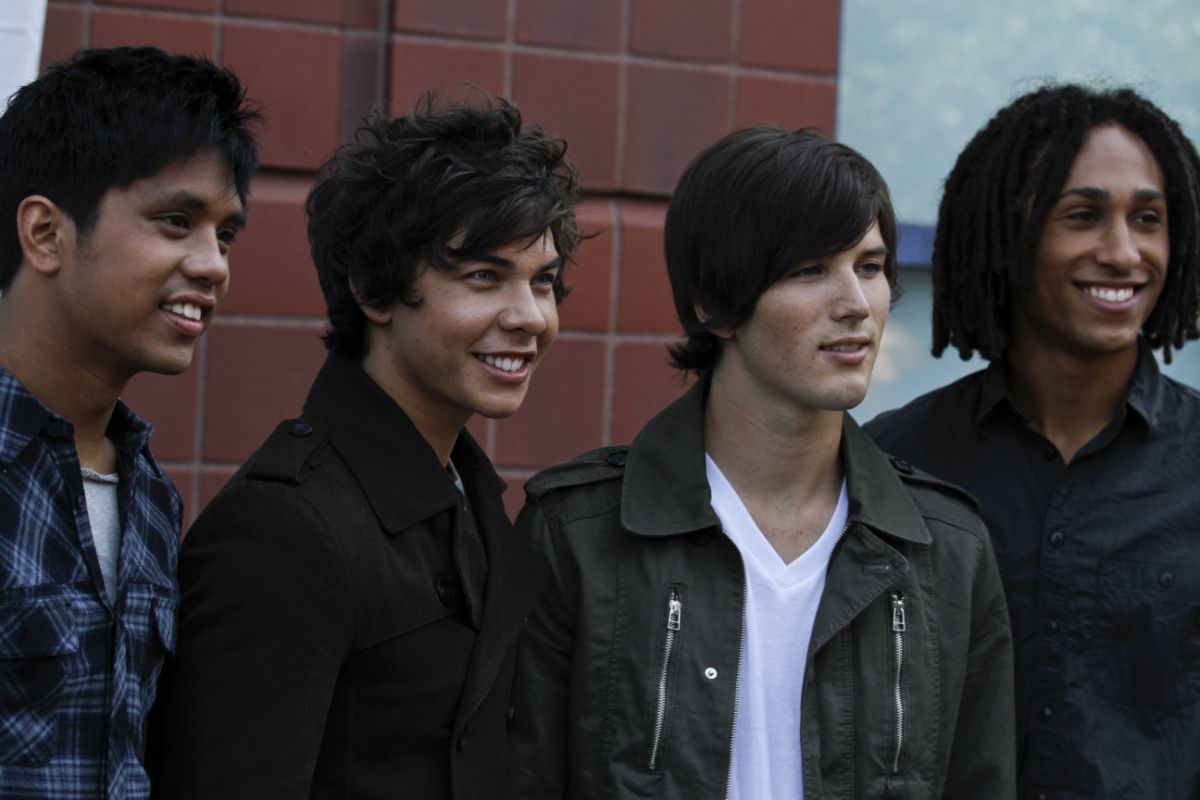
Disney's fervent push for Allstar Weekend to be the next Jonas Brothers highlighted the unpredictable nature of teen idol fame. Despite being omnipresent on the Disney Channel, the band struggled to make a lasting impact beyond a niche audience. While some tweens were enamored, many missed the memo, leaving Allstar Weekend as a footnote in the ever-evolving landscape of teen music sensations.
41. Zune
Microsoft's ambitious attempt to challenge Apple's iPod supremacy resulted in the Zune. Technologically lagging behind the iPod, the Zune failed to capture the zeitgeist of portable music players. In the rapid evolution of technology, the standalone MP3 player became obsolete, leaving the Zune as a relic of a bygone era when the iPod reigned supreme.
42. Sabre Pyramid Tablet
Sabre's Pyramid Tablet, a triangular-shaped invention, aimed to carve a unique niche in the tablet market. The unconventional design, resembling a pyramid, sought to stand out in a sea of rectangular competitors. However, the Pyramid's fate remains an enigma, as it struggled to make a lasting impact in a market dominated by more conventional tablet shapes.
43. Concorde Supersonic Airliner
The Concorde, a symbol of supersonic travel's promise, aimed to revolutionize air travel by reaching speeds twice that of sound. However, the dream collided with the harsh realities of high maintenance costs, safety concerns, and noise issues.
Despite its breathtaking speed, the Concorde became a financial and operational burden, ultimately ending its tenure as a testament to the challenging path of innovation in the aviation industry.
44. Area 51 Raid
The Storm Area 51 weekend was born from a viral Facebook joke. It promised a spectacle as enthusiasts converged in the Nevada desert to search for aliens. The rallying cry of "They Can't Stop All Of Us" echoed through the internet, but the reality was less extraterrestrial.
An ever-dwindling group ventured to the near-empty towns 100 miles from urbanity. Chaos reigned, with unclear leadership and minimal planning, resulting in a weekend that had little to do with aliens and more with the lingering online phenomenon. Thankfully, no one attempted to break into the elusive Area 51.
45. Star Wars: The Old Republic
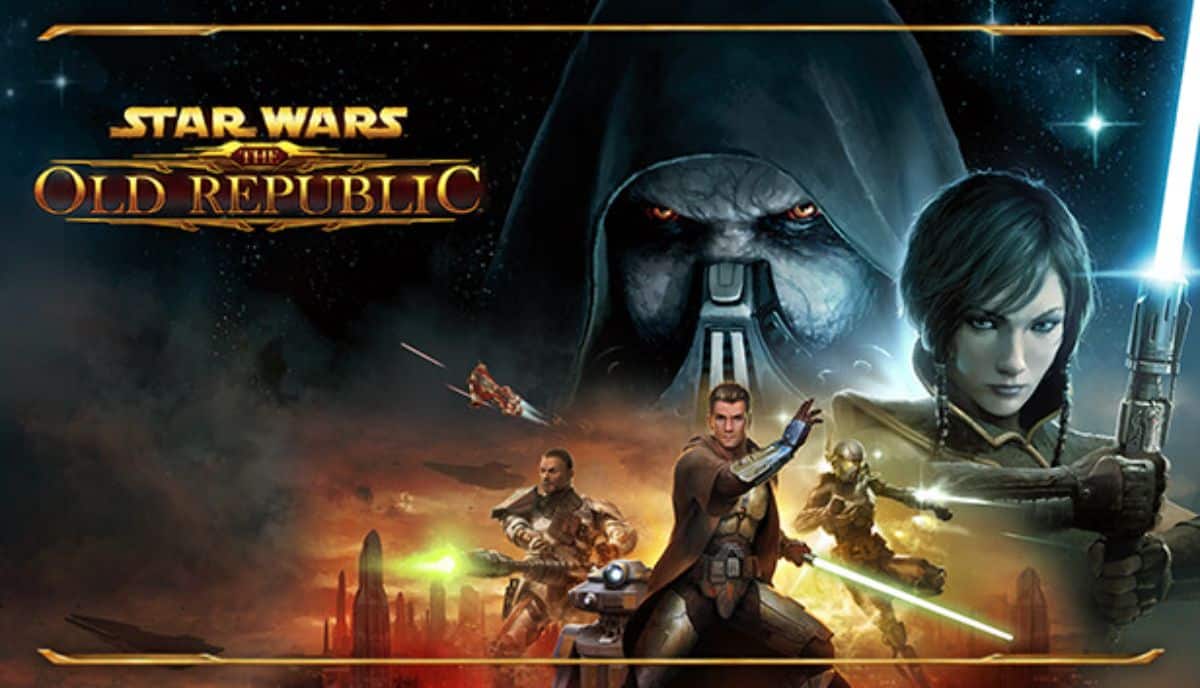
Heralded as the World of Warcraft killer, Star Wars: The Old Republic aimed to dominate the MMORPG scene. Despite being a solid game, its launch stumbled due to an excess of servers, leaving a vast, underpopulated landscape. The result? Endgame content became worthless as players struggled to form groups. The force was strong with The Old Republic, but initial missteps prevented it from achieving the intended galactic dominance.
46. Google Aardvark
Google's investment in Aardvark held immense promise, envisioning a future where social search innovation would flourish. However, that future was short-lived.
Google, in a strategic move, opted to streamline its focus, deeming Aardvark a distraction rather than an asset. Despite its potential, Aardvark became a casualty of Google's need for clarity and concentration in its evolving landscape.
47. WeWork
WeWork, once hailed as a revolutionary disruptor in the world of office spaces, faced a harsh reality check. The company's underperformance, coupled with the burden of debt incurred to fuel its expansive lease portfolio, became a recipe for disaster.
Despite claims that it was more than real estate – a new way of thinking set to revolutionize the world – the fundamentals spoke louder. As the dream of a shared workspace utopia crumbled, it became evident that WeWork was, indeed, about real estate. The grand vision collided with the unforgiving reality of a business model that fell short of its lofty projections.
48. The Virtual Boy
Nintendo's foray into virtual reality with the Virtual Boy stands as a cautionary tale. Despite the bold attempt to introduce 3D gaming, the device failed to capture the market's imagination. Discontinued just a year after its release, the Virtual Boy struggled with a high price tag, a limited game library, and a monochrome display that failed to enhance the gaming experience.
49. KONY 2012
In March 2012, the internet went ablaze with a 30-minute video, KONY 2012, urging us to make a villain famous for a noble cause. It swept through the virtual world like wildfire. Suddenly, everyone was talking about ICC fugitive Joseph Kony, and then, just as swiftly, silence.
It was like the world collectively forgot about it. The hype evaporated, leaving us wondering if we had collectively hallucinated the whole thing. KONY 2012 is the epitome of fleeting online activism.
50. New Coke
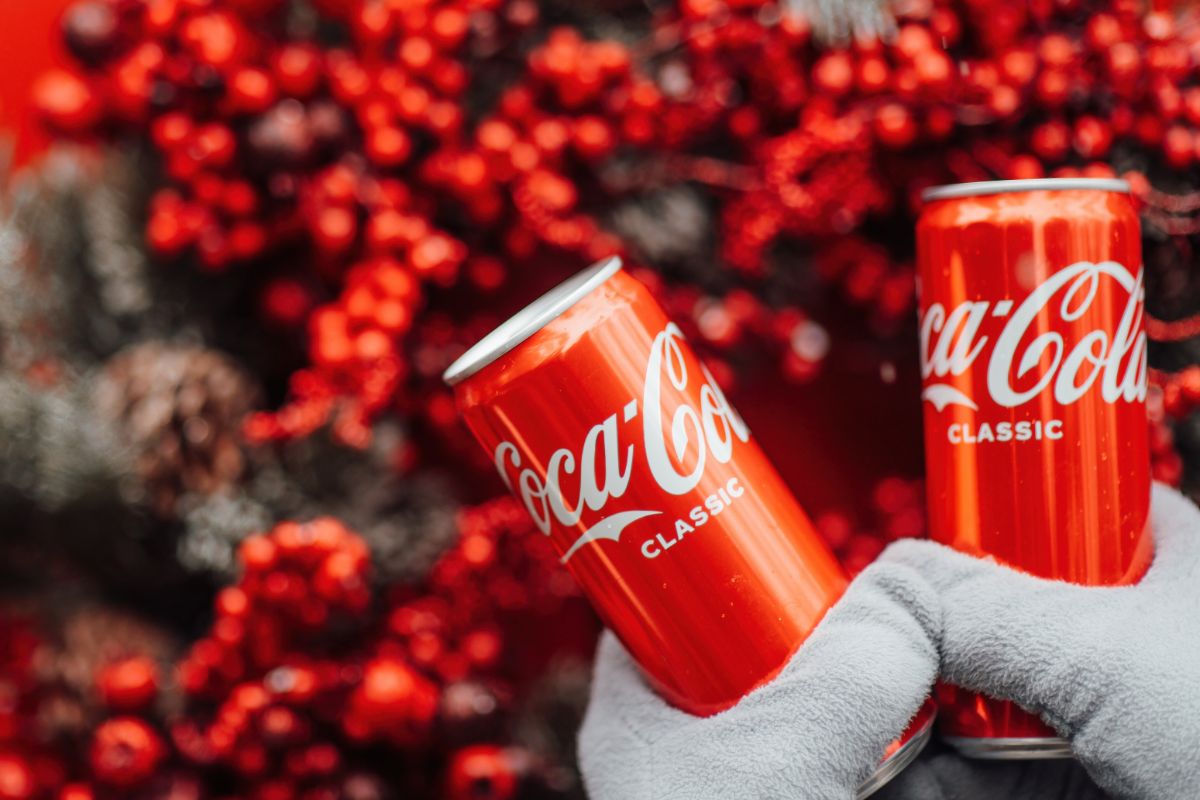
Coca-Cola's bold move in 1985, introducing New Coke, turned into a legendary marketing flop. Renamed Coke II in 1990 and ultimately discontinued in 2002, it became a lesson in messing with a classic. It turns out we preferred our Coke just the way it was. New Coke was a brief, misguided detour in the Coca-Cola journey.
